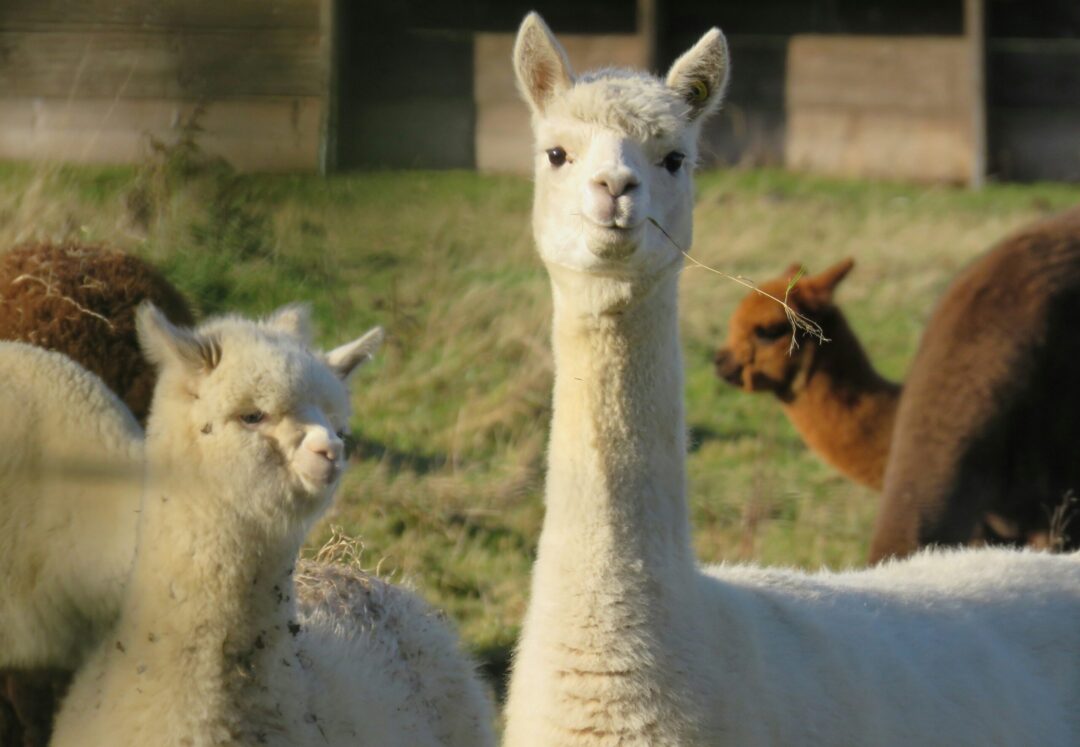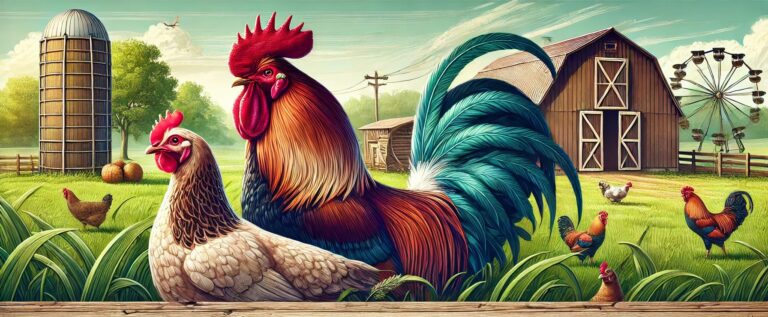Email: blogagri2@gmail.com
Alpaca farming for beginners in 2025

Introduction to Alpaca Farming
Step into the captivating universe of alpaca farming! If you’ve ever found these fluffy and furry animals appealing with their soft fleece and big eyes, then you are not the only one. Globally, alpacas are cute animals with a great touch of uniqueness because they are a source of companionship and sustainable farming along with making profits, therefore they are a popular choice among many aspiring farmers.
Whether it be alpacas or even llamas, all of these have a rich history along with being cows, and llama alpacas are distinctly raised to produce fleece; their wool is surprisingly soft and, when compared to that of a llama, it is more suitable to the hands. For those thinking of getting into livestock production or just looking for positive alpaca farming experiences, we would love to walk you through the fascinating journey of alpaca farming.
Worried about how to get started with practical tips revolving around how to care for such affection-giving livestock to why owning them would be beneficial? Do not worry because we have all the answers you are looking for and much more! Be prepared to be blown away by this blog as it quite literally chases lupine dreamers into the arms of reality.
Benefits of Alpaca Farming
Alpaca farming comes with a variety of benefits. The gentle creatures offer very low maintenance for the owners, and even require less feed in comparison to other livestock types. It’s no wonder both farmers and hobbyists are attracted to it.Their friendly nature makes them enjoyable companions for families or individuals.
One significant advantage is their fiber. Alpacas produce luxurious fleece that is soft, warm, and hypoallergenic. This high-quality wool can be spun into yarns or crafted into garments, providing excellent income opportunities.
Additionally, alpacas have minimal environmental impact. They graze gently on pastures without damaging the grass root systems. This sustainable practice aids in soil health while allowing land to thrive.
Their manure is another asset; it’s nutrient-rich and perfect for organic gardening or composting. With the rise of eco-conscious consumers seeking ethically sourced products, alpaca farming positions you well within a growing market.
Things to Consider Before Starting an Alpaca Farm
Starting an alpaca farm is exciting, but it’s essential to do your homework first. Consider your location carefully. Alpacas thrive in areas with moderate climates and ample space for grazing.
Evaluate zoning laws and property requirements too. You must ensure compliance with local regulations regarding livestock.
Next, think about the financial aspect. Initial costs can be significant—not just for purchasing alpacas but also for fencing, shelter, and feeding supplies.
Time commitment cannot be overlooked either. Caring for these animals requires daily attention, from feeding to health checks.
Additionally, research the market demands in your area if you plan to sell products like alpaca wool or meat. Understanding consumer preferences will shape your farming strategy significantly.
Familiarize yourself with potential challenges such as diseases or behavioral issues that may arise during breeding or handling sessions.
Choosing the Right Breed and Location for Your Farm
Selecting the right breed of alpaca is crucial for a successful farming venture. Consider your goals—whether you’re focused on fiber production, meat, or companionship. Suri and Huacaya are the two main breeds, each with distinct characteristics and fleece types.
Location plays an equally vital role in your farm’s success. Alpacas thrive in areas with moderate climates and plenty of space to roam. Look for land that offers good drainage and fresh water sources.
Check local zoning laws before committing to a property; regulations can vary significantly by region. Proximity to veterinary services is also important for health maintenance.
Assessing soil quality is essential too. Nutrient-rich soil promotes healthy grazing conditions, which directly impacts their well-being and productivity. With careful planning around these factors, you’ll lay down a strong foundation for your alpaca farm journey.
Caring for Alpacas: Feeding, Shelter, and Health Maintenance
Feeding alpacas is a vital aspect of their care. They thrive on high-quality pasture, supplemented with hay and specially formulated grain when needed. Always ensure fresh water is available.
Shelter plays a crucial role in protecting these animals from harsh weather conditions. A simple barn or shed will do, as long as it provides adequate ventilation and space to move around comfortably.
Health maintenance involves regular check-ups with a veterinarian who specializes in camelids. Routine vaccinations and deworming are essential for keeping your herd healthy.
Watch for common signs of illness such as changes in appetite or behavior. Early detection can make all the difference in successful treatment outcomes.
Social interactions are also important to maintain their mental well-being, so consider having at least two alpacas together. This helps reduce stress and promotes happiness among them.
Understanding Alpaca Behavior and Handling Techniques
Alpacas are gentle and curious creatures. Understanding their behavior is key to successful handling. They often communicate through body language, so it’s essential to observe them closely.
When approaching an alpaca, move slowly and calmly. Sudden movements can startle them. Allow the animal to come to you; they prefer this over direct confrontation.
Establishing trust is vital. Spend time with your alpacas daily, offering treats like carrots or pellets as positive reinforcement for good behavior.
Handling techniques vary based on the individual animal’s temperament. Some may enjoy being petted while others might be more reserved. Always respect their space and comfort level.
Using a halter for leading should feel natural and not forced for both of you. With patience, you’ll develop a bond that makes routine tasks easier and more enjoyable for everyone involved.
The Business Side of Alpaca Farming: Marketing, Sales, and Profits
Alpaca farming can be a lucrative venture when approached strategically. Marketing is essential for reaching potential customers and building brand awareness. Utilize social media platforms to showcase your alpacas, share their stories, and connect with enthusiasts.
Consider participating in local farmers’ markets or craft fairs. These events offer direct access to consumers who appreciate unique products like alpaca wool items.
Sales channels are diverse. You might explore online marketplaces alongside brick-and-mortar stores that focus on handmade goods. Establishing an e-commerce website can expand your reach beyond local boundaries.
Profits often come from several sources: selling fleece, breeding services, and even agritourism experiences where visitors can interact with the animals. Each revenue stream contributes to a sustainable business model.
Understanding customer needs is vital too; high-quality products will build loyalty over time while attracting new clients eager for premium alpaca offerings.
alpaca wool vs llama wool
When comparing alpaca wool to llama wool, the differences are striking. Alpaca fleece is finer and softer, boasting a luxurious feel that many crafters and fashion enthusiasts adore. Its warmth rivals even sheep’s wool while remaining lightweight.
Llama wool, on the other hand, is coarser and heavier. Though it lacks the softness of alpaca fibers, it offers durability. This makes llama wool excellent for sturdy items like blankets or rugs.
Color variety also plays a role in their appeal. Alpacas come in an impressive array of natural shades ranging from white to black with various browns in between. Llamas typically have fewer color options but still present unique earthy tones.
For those sensitive to allergens, alpaca fleece has hypoallergenic properties due to its lack of lanolin—a common irritant found in sheep’s wool—making it suitable for more people than llama fiber might accommodate.
alpaca vs llama guard animal
When considering guard animals for your farm, alpacas and llamas both have their pros and cons. Alpacas are generally more docile and less aggressive than llamas. They tend to bond closely with other herd members, providing a calming presence.
On the other hand, llamas possess a stronger instinct to protect. Their size and assertive nature make them formidable guardians against predators like coyotes or foxes. Llamas can be quite vocal, alerting you to any potential threats.
While alpacas may not chase off intruders as effectively, they are great at keeping an eye on their surroundings. With proper training, both species can adapt well to protecting livestock.
The choice between an alpaca or llama for guarding purposes depends on your specific needs and what traits align best with your farm’s environment.
Read Also: Angora Rabbits: The Source of the World’s Softest Wool
Common Challenges Faced by Beginner Alp
Starting an alpaca farm can be a rewarding venture, but it also comes with its share of challenges. Beginners often face various hurdles that can test their resolve and commitment.
One common issue is understanding the specific needs of alpacas. They require a specialized diet rich in fiber and nutrients. New farmers might struggle to find the right balance, leading to potential health problems.
Another challenge is setting up adequate shelter and fencing. Alpacas are social animals that thrive in herds, yet they need safe environments away from predators. Improper housing can result in stress for the animals or even loss if security measures aren’t sufficient.
Health maintenance presents another layer of complexity. Regular veterinary care is essential, but finding a vet experienced with alpacas may not always be easy, especially in rural areas.
Handling techniques can also pose difficulties for beginners unfamiliar with animal behavior. Understanding how to gently interact with these creatures will ensure both farmer and animal have positive experiences together.
Marketing your products effectively requires knowledge too—whether you’re selling fleece or looking into the meat market due to growing interest in alpaca meat taste among consumers.
As you embark on this journey into alpaca farming, embracing these challenges will ultimately pave the way for growth—both personal and financial—as you nurture your herd while enjoying all aspects of this unique industry.







